History of the Claremont Football Club
Before 1925, the “Claremont Recreation Ground” served as a Cricket and Soccer Ground, with no fence, native bush on the eastern side, near the Showgrounds, with the remaining area a sandy wasteland. Upon Claremont-Cottesloe’s admittance to the ‘A’ Grade of the WAFL competition in 1925, for the 1926 season, the council spent 5000 pound to bring the ground up to standard for league football, including the dumping of rubbish around the perimeter to create the sloping banks and the construction of a grandstand.
As the new ground and grandstand were not yet ready, the team played all home games of 1926 at the Claremont Showgrounds. The first game played at Claremont Oval was on April 30 1927, where East Fremantle trounced Claremont-Cottesloe, 19.10 to 4.12.
Claremont Oval has been used by the club as a home ground from that game forth, except in 1945 and 1946, where, due to the grandstand fire in 1944, and the condition of the playing surface, the club shared with Subiaco at Subiaco Oval. In 1944 the grandstand built in 1927, was burnt to the ground, destroying much of the club’s history, records, equipment and premiership pennants. For over 10 years afterwards, old army tin sheds served as the changerooms for teams playing at Claremont Oval.
The facilities at Claremont Oval were built in 1956, and 1970 (the R.J.Kyle Pavilion), replacing the ‘tin sheds’ and they helped move the club into a new era of professionalism. Claremont Oval continues to serve the club well, and in 2002, Claremont played its 700th league match at the ground.
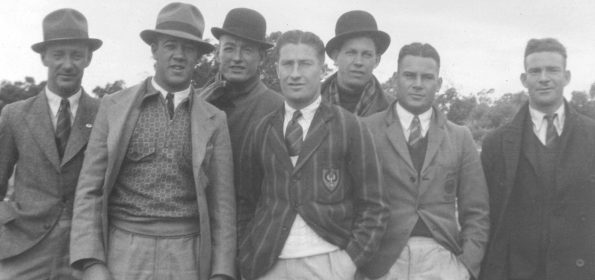
Timeline
This area details some of the great events that have happened at the Claremont Football Club from 1926 till today.
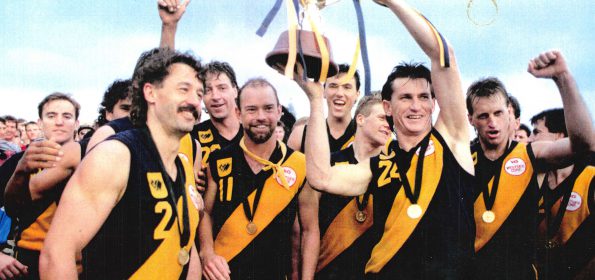
Awards
Since 1926 when Claremont-Cottesloe first played in the WAFL or later the WANFL, Claremont players are well represented in a variety of awards from both local and interstate football. Some of these award winners are for: The Tassie Medal, The Brownlow Medal, Sandover Medal, Simpson Medal, (WA Grand final) and (Interstate Game), Prendergast Medal, Medallists Medal, Chesson Medal and The R.P. Rodriguez Shield.
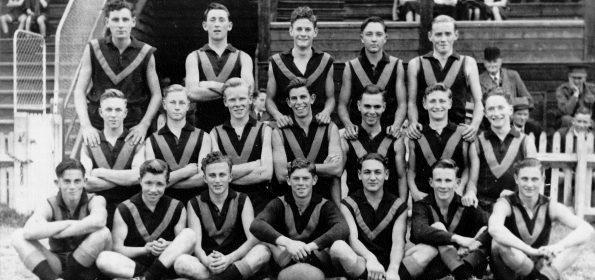
Club History
Before 1925, the “Claremont Recreation Ground” served as a Cricket and Soccer Ground, with no fence, native bush on the eastern side, near the Showgrounds, with the remaining area a sandy wasteland. Upon Claremont-Cottesloe’s admittance to the ‘A’ Grade of the WAFL competition in 1925, for the 1926 season, the council spent 5000 pound to bring the ground up to standard for league football, including the dumping of rubbish around the perimeter to create the sloping banks and the construction of a grandstand.
As the new ground and grandstand were not yet ready, the team played all home games of 1926 at the Claremont Showgrounds. The first game played at Claremont Oval was on April 30 1927, where East Fremantle trounced Claremont-Cottesloe, 19.10 to 4.12.
Claremont Oval has been used by the club as a home ground from that game forth, except in 1945 and 1946, where, due to the grandstand fire in 1944, and the condition of the playing surface, the club shared with Subiaco at Subiaco Oval. In 1944 the grandstand built in 1927, was burnt to the ground, destroying much of the club’s history, records, equipment and premiership pennants. For over 10 years afterwards, old army tin sheds served as the changerooms for teams playing at Claremont Oval.
The facilities at Claremont Oval were built in 1956, and 1970 (the R.J.Kyle Pavilion), replacing the ‘tin sheds’ and they helped move the club into a new era of professionalism. Claremont Oval continues to serve the club well, and in 2002, Claremont played its 700th league match at the ground.
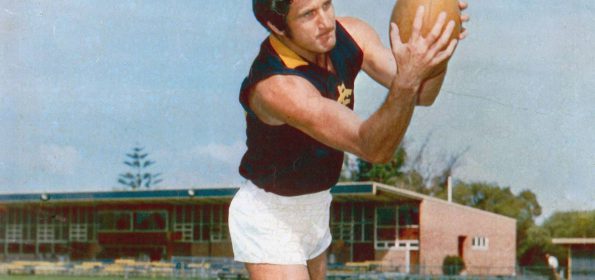
Life Members
A person is appointed a Life Member to this Club on being nominated and approved by the Committee. This includes those players who have played a certain number of games or supports who have been nominated for outstanding service to the Club.
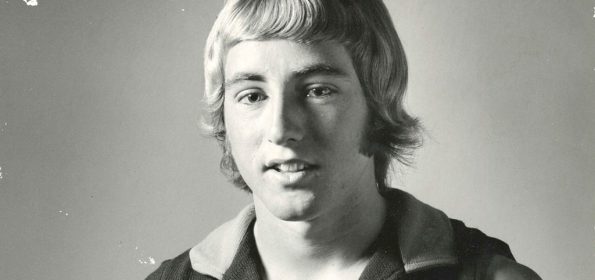
Past Players
Claremont is well known for providing some great players since 1926. Many have won Sandover Medals and represented Western Australia and several have won the Simpson Medals. A large number have played for Claremont and sought to move to either VFL or AFL Leagues to develop there games further. Many have returned to Claremont to assist in passing these skills learnt to younger players.
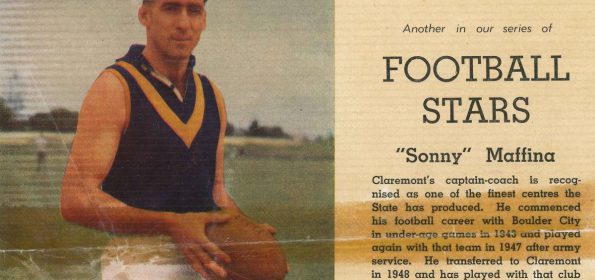
Publications
Since 1926 the Claremont Football Club has presented an Annual Report detailing the results and happenings of the season as well as the financial report. It also produced The “Tigers Tale” in hard cover and paperback detailing the history of The Claremont Football Club. On a regular basis a newsletter was sent out to members and this is still happening but in email form to members. Attached is copies of the yearly Annual Reports and Financial Statement.
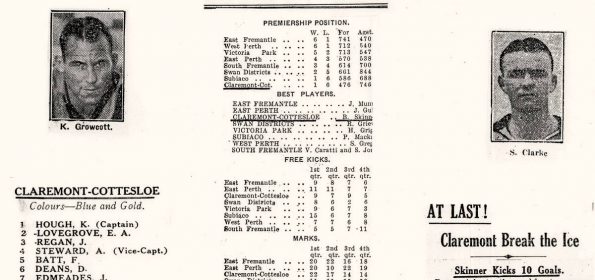
Stats
Lorem ipsum dolor sit amet, consectetur adipiscing elit. Aliquam at porttitor sem. Aliquam erat volutpat. Donec placerat nisl magna, et faucibus arcu condimentum
Want to contribute?
Get in touch

Sponsored by Lotterywest
About The Project
With the support of Lotterywest, Media on Mars and many CFC volunteers, this project is about capturing the history of the Claremont Football Club in digital form. A first in West Australian Football.
